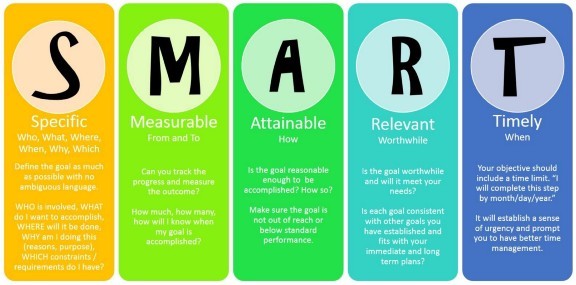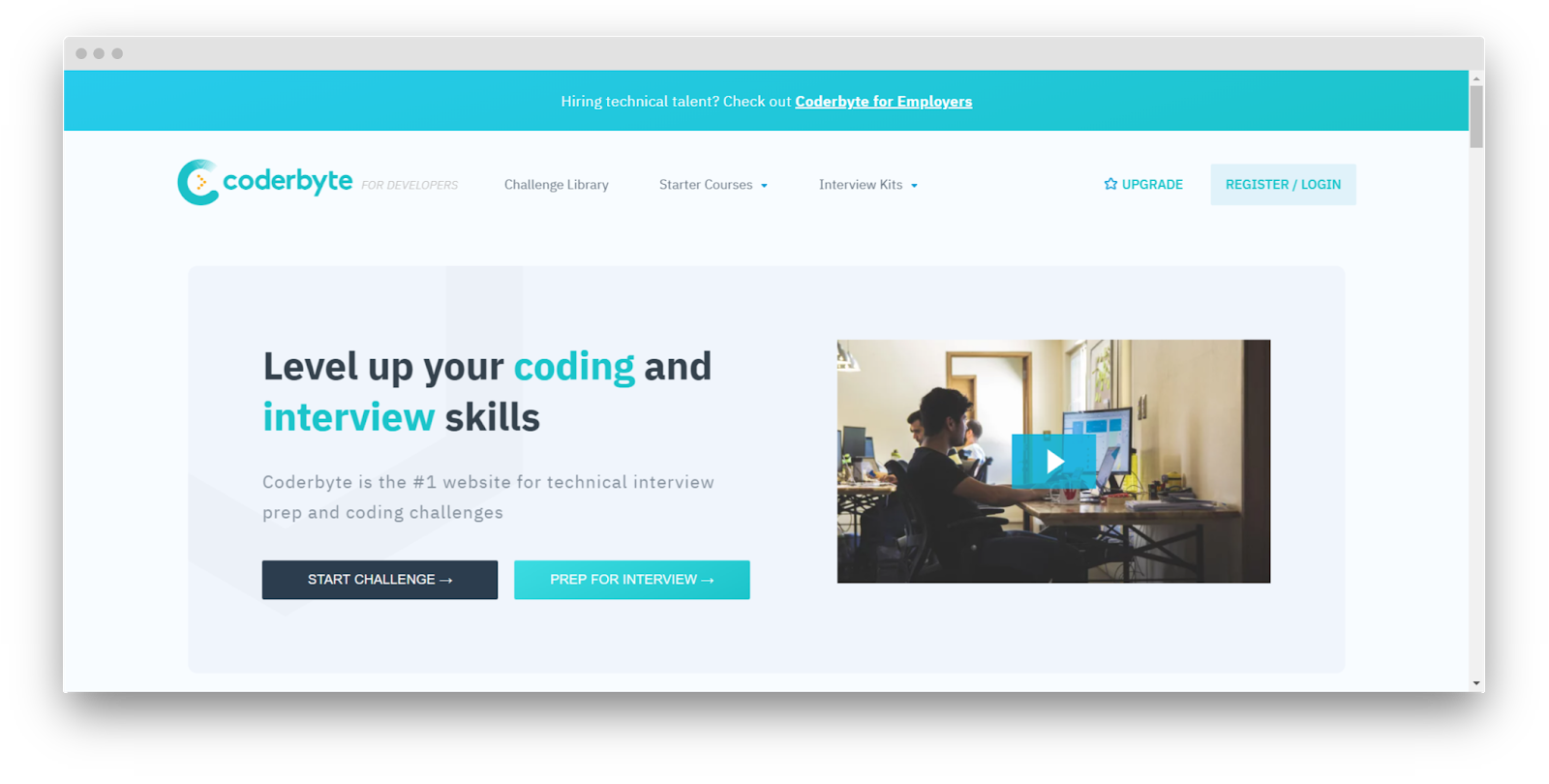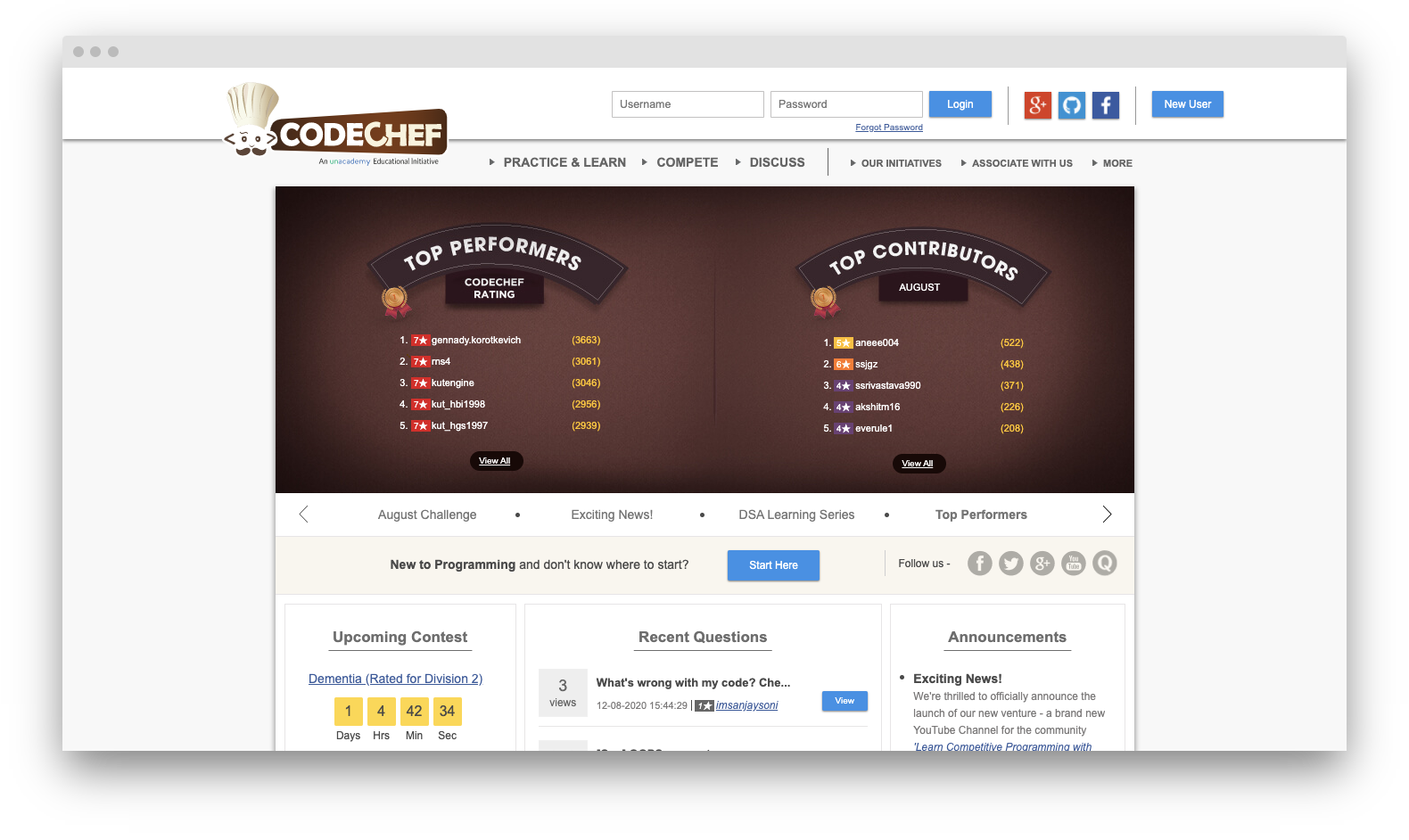Learn Any Programming Language with This Learning Plan
All it takes to master any programming language is the right learning plan.
If you know anything about programming you should be aware that often you can’t tell whether what you are doing is wrong until it’s too late. That’s what makes programming a frustrating skill to master — long hours doing the wrong things.
But hey, whether you want to make programming your full-time job or just a hobby, you can always make the learning curve less steep. The secret to getting it right with coding is this: have a learning plan! While the plan will not do the hard lifting for you, it will definitely provide the much-needed elbow grease to keep you grounded and focused as you learn programming.
In the next couple of minutes, I will be showing you how to create the perfect learning plan that will help you learn just about any programming language you need to acquire skills in. I know this may sound too simplistic, but it has been tried and tested over a couple of years. For beginners especially, how you structure your learning plays a big role in how easily you master the concepts and practice of programming.
Let’s dive into the best way to learn programming.
How to Create the Right Learning Plan
My mini-guide on creating the perfect learning plan is divided into four simple steps. I have tried my best to create some wiggle room to make the plan as customizable as possible. This is not a cookie-cutter solution for those who do not wish to put in the hard work required to learn how to code. I have gleaned knowledge acquired over my years as both a programmer and a programming coach. I have handled different sorts of learners with varying learning aptitudes and concluded that having a good learning plan is important for any programming student.
Let’s get to the plan.
Step 1: Start by Choosing the Right Programming Language
The first thing to do is to select the programming language you want to learn. If you have been in the field for some time you probably know your way around finding the next coding language to learn. For novices, this can be a daunting task. Ask yourself what kind of programmer you are looking to become:
- Front-end or back-end programmer
- Web app programmer
- Game programmer
- Scientific applications programmer
- Desktop app programmer
- Mobile app programmer
- Database programmer
- Full-stack developers
Once you have decided on the kind of programmer you are looking to become, choose a language that will help you achieve this. This is a personal decision you should be able to make on your own. But in case you feel stuck I can give you some advice.
Start with a programming language that can handle the complexity of a real-world well. In this case, I mean one that is simple enough to learn but yet practical enough to solve common problems. In this regard, Java flies as one of the best programming languages for beginners currently on the market.
Step 2: Set a Goal
Setting predetermined goals will keep you grounded and help you achieve them in a given duration of time. You do not want to be spending the next five years learning the same thing because you could not commit to anyone's program to the end. Do not try to learn too much in one go; this is likely to get overwhelming and discouraging and will result in a high failure rate. Instead, break down your goals into manageable targets and celebrate every small victory you achieve. The result will be high motivation and increased chances for success.
Remember that things in the IT world are fluid and will change all the time. To avoid being stuck in the rut, take a pen and paper, and clearly define your learning goals.
Make sure the goals you set are good old SMART goals:
- Specific
- Measurable
- Achievable
- Realistic
- Teachable

Going with the above, you can decide to define one goal as: “To master Java programming in three months.” With the right online course, this goal is realistic, measurable, and achievable. You can further break it down into segments such as: “To understand Java threads in 30 days” or “to understand OOP principles in 20 days.” This all depends on your learning speed and the amount of time you can allocate to this goal with no pressure at all.
Step 3: Create and Execute Your Plan
Once you have your goals ready, it’s time to create a plan and execute it. This plan takes the goals you set and arranges them into sizable bits that can be easily achieved. Yes, you want to learn Java or any other programming language. But how do you plan to achieve this? The plan you create should give you a visual image on how you can tackle your bigger goals. It shows you how to handle each area and gives a roadmap for success. You can adjust this plan of attack as you go along.
If you choose to go with Java, for example, you should include the following items in your plan of action:
First learn Java Core:
- Java Syntax
- Object-oriented Programming (OOP)
- Java Collections
- Java Exceptions
- Input/Output Streams
- Java Multithreading
- Lambda Expressions.
After you go for:
- Algorithms and Puzzles
- Java Patterns
- Unit Testing
- Serialization in JSON, RMI, HttpUrlConnection, sockets
Once you have outlined all you need to cover you should choose a learning method that works best for you. Here is where I will leave some wiggle room for you to customize your plan. However, I will again recommend you find a course that is at least 70% practice-based.
Let’s talk about that in the next step.
Step 4: Learn How to Code Practically
You have not learned how to program before you do the coding yourself. That is why I would so quickly dismiss any programming course that does not offer students the opportunity to practice what they have learned in theory.
The programming course you settle for should provide you with lots of practice opportunities. Decide on how you are going to structure your reading to include the location, time, duration, and study method.
I would recommend you go for these platforms:
- CodeGym — a structured gamified Java programming course that involves 20% of theory and 80% of the practice, created both for very beginners and for medium-level Java students.

- Coderbyte — this website has more than 300+ challengers for you to upgrade your programming skills.

- Codechef — an online competitive platform that runs friendly contests among young software professionals.

At the end of the day, this should not be a speed challenge but rather a tool to help you learn any programming language in the best possible way. It is more productive to achieve a little consistently than to try and achieve it all in one go and risk losing it all. Give yourself the opportunity to take a break and to re-energize if you start to feel overwhelmed along the way.
Find an expert programmer in what you are learning and follow them on Facebook, LinkedIn, or any forums for programmers (f.e. Stack Overflow, Coderanch, or CodeGuru) to get extra tips on how to best learn coding. You could also get extra exercises if the programmer shares ideas for small projects. Besides, you should read the code written by other programmers. Great sources for that are GitHub and SourceForge. With time, coding will be something you do with ease.
Extra Tips to Help You Learn Any Programming Language
As suggested earlier, programming is not just a preserve for bespectacled IT geeks. I personally believe anyone can learn how to program in any language if they have the right support system. Here are some additional tips on what you need to do if you want to become a coding maestro:
1. Code Daily
The easiest way to make coding a passion for you is through repetition. You can set an alarm that goes off at the same time each day to remind you that you need to code. You can also reward yourself for keeping up with the routine, say after every seven to ten days. The three stages of habit-forming are:
- Cue
- Routine
- Reward
2. Create a Conducive Working Environment
You will need to create a workspace where you “go to work” each day. Make sure the workspace is conducive to learning and is also not so comfortable that it soothes you to sleep.
3. Eliminate Distractions
When you are at your workspace remember to turn off distractions such as your phone, tablet, TV, or any other potential sources of disruption.
Conclusion
If you want to learn any programming language, start with evaluating your knowledge first. You should be realistic when doing this and probably have someone else give their opinion on your expertise level.
The next thing is to set goals on what you want to achieve. Make sure your goals are always SMART. With your goals in place, create a plan of action to help you achieve them. Create an environment that will help you to stick with the plan you have set. I’ve covered the best ways to learn programming, so follow these steps and you’ll be on the path to achieving your dreams by making your goals a top priority in your life.
First published on Quick Code.

I think this is a very good plan. I plan to try it out. Also, if you are interested in learning about the best apps for students that help in their studies, I recommend reading this article https://educhill.com/ai-technology/best-apps-for-students-7-helpful-apps-for-productivity/. This article also helped me in my studies and in general, this site has a lot of interesting articles and free essay samples if anyone needs them.
Understanding a runner’s vocabulary is crucial for optimal performance. From terms like “negative splits” to “fartlek,” knowledge enhances communication and training. Before you sprint, delve into this lexicon. For comprehensive insights into legal matters, explore https://www.grabmyessay.com/law-essay-writing-service a reliable resource providing top-notch assistance with law essay writing. Elevate your understanding of both running jargon and legal nuances for success in your pursuits.
I’m going to use this plan for C++, Thanks